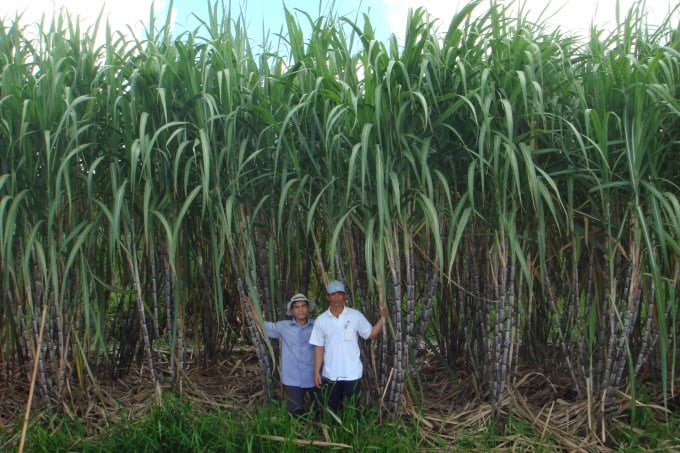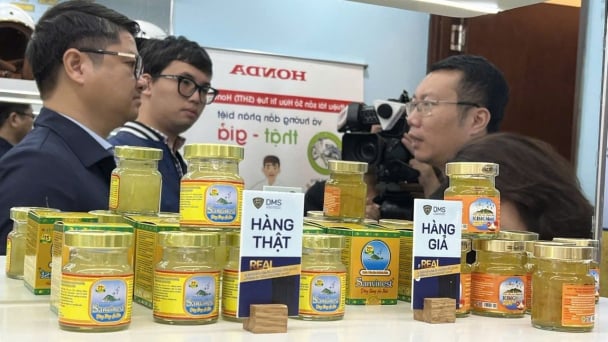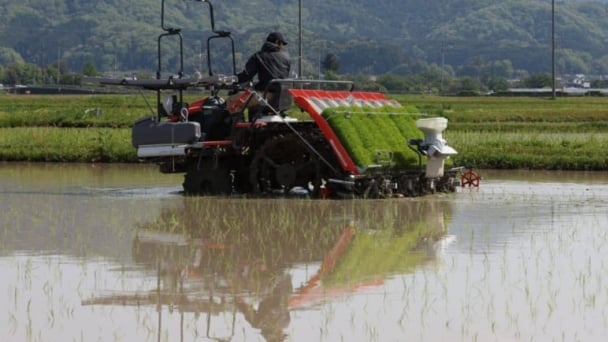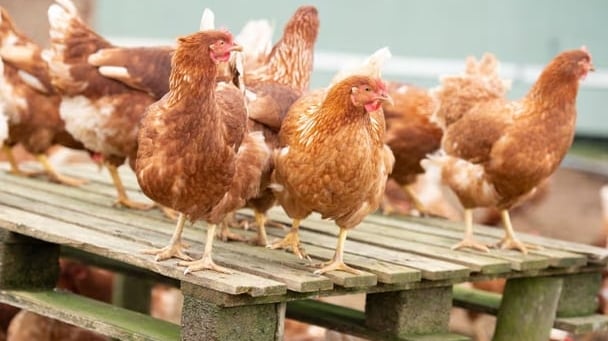May 18, 2025 | 07:03 GMT +7
May 18, 2025 | 07:03 GMT +7
Hotline: 0913.378.918
May 18, 2025 | 07:03 GMT +7
Hotline: 0913.378.918

Sugar mills have increased their purchasing price for sugarcane at the end of the 2020-21 crop after the CBPG and CTC taxes were temporarily imposed on Thai sugar. Photo: VSSA.
According to reports from sugar factories, during the 2019-20 season, the output of raw sugarcane for processing was only 7,662 million tons (compared to 9.75 million tons of plan set out by the sugar mills at the beginning of the crop and or over 11 million tons in reports from localities).
Thus, that crop was reported with the lowest sugarcane volume consumed and processed among the recent 19 crops (since the beginning of recording production data in the 1999-2000 crop), leading to the lowest number of operation factories (only 29) in 2019-20 crop.
The main reason for this situation was a low sugar price due to the fierce competition with cheap imported and smuggled sugar and the sugar of trade fraud. Although power plants have tried their best to curb the decline in sugarcane prices in order to maintain raw material areas, they cannot prevent farmers from leaving their sugarcane farms to convert to other crops.
Moreover, under the fierce pressure of a sudden increase in sugar imports in 2020 (reaching 1,384 million tons, nearly 4 times as much as in 2019) due to Vietnam's implementation of the ATIGA commitments, raw sugarcane output for processing in 2020-21 crop continued to sharply decline.
According to Mr. Nguyen Van Loc, Acting General Secretary of the Vietnam Sugarcane and Sugar Association (VSSA), the whole sector consumed about 5,806 million tons of sugarcane for producing 611,767 tons of sugar from the beginning of the crop year to the end of March 2021. Comparing to the same period in 2019-20, the sugarcane output was only about 76.6% while the sugar output is 84.6%. It is estimated that the sugar output of the 2020-21 crop will reach around 700,000 tons, lower than the previous crop 2019-20.
Such 700,000-ton output is only about half of the figure in the 2013-14 crop, which had the highest volume (nearly 1.6 million tons), thus the 2020-21 output will almost certainly set a lower record than it was in the 2019-20 crop.
The above production data has revealed extremely serious damages that the Vietnamese sugar industry had to suffer due to the devastation of imported dumped sugar for many consecutive years, in addition to the impact of climate changes in recent years on sugarcane producing areas.
To cope with the current issue, the Ministry of Industry and Trade issued Decision No. 477 / QD-BCT dated February 2, 2021, on the application of anti-dumping (CBPG) and anti-subsidy taxes (CTC) temporarily for some sugar cane products originated from the Kingdom of Thailand and imported into Vietnam. This action is regarded as a lifeline for the national sugar industry.
Information from VSSA shows sugar plants have adjusted to increase their selling price of sugar right after the Tet (Lunar New Year) holiday. As a result, the price of domestically produced sugar has set a new level by the end of February. For white sugar, it stands at between VND16,400-17,000/kg while refined sugar is sold at about VND17,800-18,000/kg.
At the same time, sugar plants have also increased the purchasing price of sugarcane for farmers in order to show their sympathy with them. They also offered promotions as encouragement and expressed hope that the farmers return to their sugarcane farms. Sugarcane purchasing price at the end of the 2020-21 crop had been adjusted by sugar mills to increase about VND 150,000 to 250,000/ton compared to the 2019-20 crop. By the end of March 2021, many domestic sugar mills had adjusted the buying price of sugarcane to increase to over VND0.9 to 1.15 million/ton.

It is still hard for locally produced sugar to consume in the domestic market due to the domination of imported sugar. Photo: TL.
However, up to now, the domestic sugar market is still dominated by imported sugar. The reason is that a large amount of sugar has been imported to Vietnam in the period since authorities conducted market investigation until the temporary imposition of CBPG and CTC taxes on sugarcane products originated from Thailand.
The amount of imported sugar in January and February this year was 120,510 tons and 163,881 tons, respectively. These are very significant volumes in the context of the world container crisis. Thanks to a large volume and cheap price (with import tax is only subject to 5%), imported sugar has dominated almost the entire domestic market, making it very difficult for locally produced sugar to consume.
It is worth noting that while the amount of sugar imported from Thailand sharply dropped (according to Agromonitor, sugar imported from Thailand stood at nearly 90,000 tons in February but decreased to more than 20,000 tons in March), sugar from other ASEAN countries such as Cambodia, Laos, Malaysia, Myanmar, and Indonesia increased strongly compared to the period before the investigation decision was issued.
Reports from the sugar industry showed that in March, demands for sugar from the five ASEAN countries mentioned above were still very high. But according to the General Department of Customs, the price of imported sugar from these 5 countries in recent years is only equal to or lower than those of Thai sugar in the same period.
Therefore, VSSA is questioning the appearance of a sign of evasion trade defense on sugar cane originated from Thailand.

(VAN) In the face of counterfeit and imitation products, Khanh Hoa Salanganes Nest Company hopes for the prompt completion of the legal framework, strict enforcement against violations, and protection of the bird’s nest brand.

(VAN) Japan's efforts to lower the price of rice through the release of its stockpile may finally be making some progress, albeit at a snail's pace.

(VAN) U.S. tariffs are not only a 'shock', but also an opportunity for Vietnamese businesses to renew their mindset toward comprehensive development.

(VAN) As Bac Giang lychee enters the harvest season, Minister Do Duc Duy expects that the fruit will contribute greatly to agricultural exports due to standardized production and deep processing.

(VAN) Consumers have shown a preference for free-range eggs, but those farming systems are more vulnerable to biosecurity risks like bird flu.
/2025/05/09/5701-1-184335_301.jpg)
(VAN) Vietnam’s eel exports nearly doubled thanks to a mud-free farming model, opening up new prospects while still facing numerous barriers related to international standards.

(VAN) Minister Do Duc Duy warned that if production is not professionalized and supply chains are not transparent, the U.S. market could become a growth bottleneck.